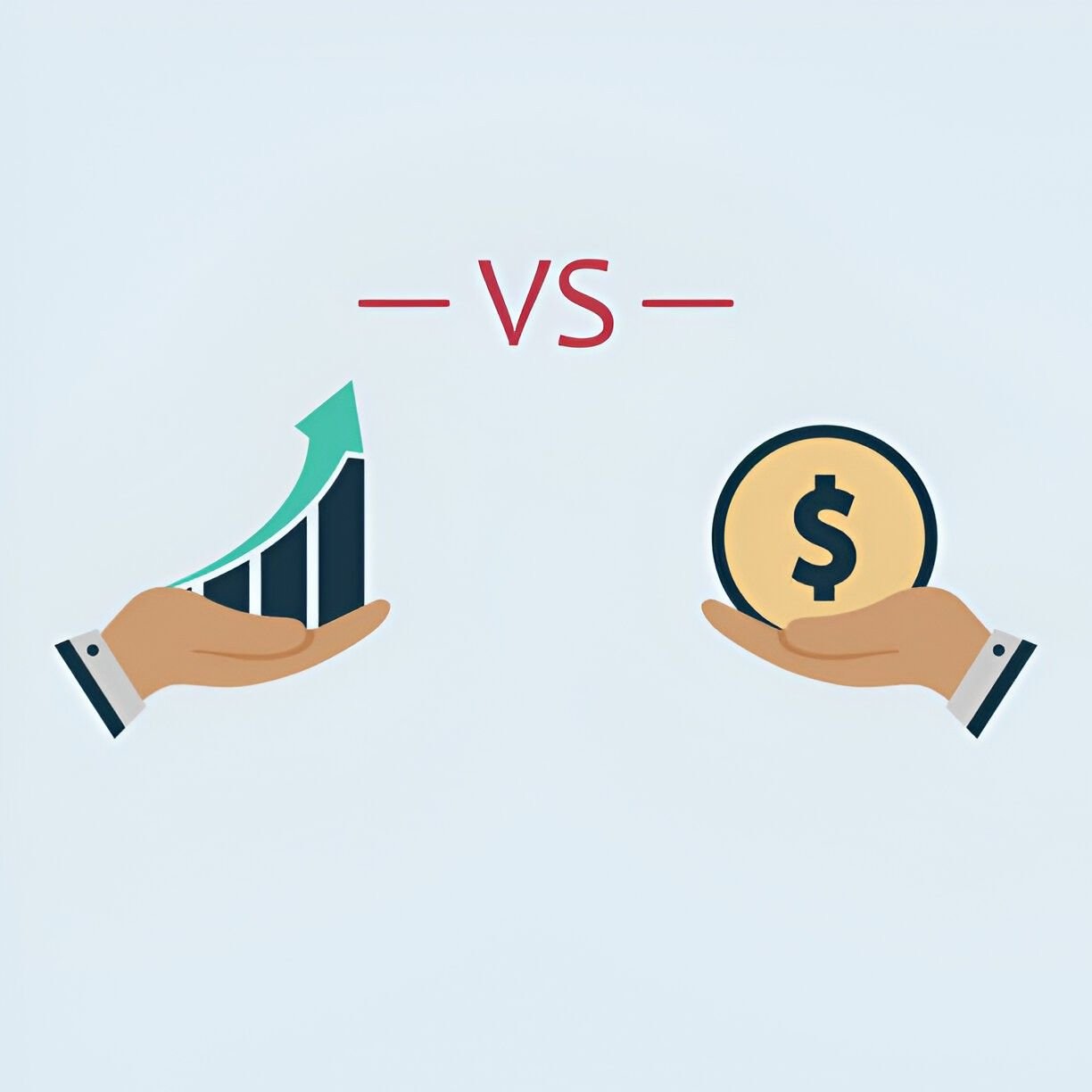As a financial advisor with over a decade of experience helping clients optimize their investments, I want to clarify a common misconception: there’s actually no such thing as “$80C mutual funds” – the only mutual funds qualifying for Section 80C deductions are ELSS (Equity Linked Savings Scheme) funds. Let me break down the smart way to approach tax-saving investments.
Table of Contents
Key Differences: ELSS vs Other $80C Options
| Feature | ELSS Funds | Other $80C Options |
|---|---|---|
| Investment Type | Equity mutual funds | PPF, FDs, Insurance, etc. |
| Lock-in Period | 3 years | 5-15 years |
| Average Returns | 10-12% | 6-7.5% |
| Tax on Returns | 10% LTCG over $1,400 | Varies (PPF tax-free) |
| Risk Level | High | Low to moderate |
Note: All figures use approximate conversions (₹1 lakh = $1,200; ₹1.5 lakh = $1,800)
Why ELSS Stands Out
- Shorter Lock-in: Only 3 years vs 5+ years for other options
- Higher Growth Potential: Historical returns of 10-12% vs 6-7% for FDs
- Tax Efficiency: Only 10% tax on gains over $1,400 (vs ordinary income tax on FD interest)
Example: Investing $1,800 annually in ELSS for 15 years could grow to ~$60,000 (at 12% returns), compared to ~$36,000 in PPF (at 7.1%).
The “$80C Mutual Fund” Misconception
Many investors mistakenly believe:
- Debt or hybrid mutual funds qualify for $80C (they don’t)
- Any “tax-saver” fund qualifies (only ELSS does)
- You can get $80C benefits from regular mutual funds (not possible)
Reality: Only SEBI-approved ELSS funds offer Section 80C deductions.
Smart $80C Allocation Strategy
For optimal tax savings and growth:
- ELSS (50-70% of $1,800 limit):
- Best for: Long-term wealth creation
- Recommended funds: Axis Long Term Equity, Mirae Asset Tax Saver
- PPF (20-30%):
- Provides stable, tax-free returns
- 15-year lock-in but partial withdrawals allowed after 5 years
- Life Insurance (10-20%):
- Combines protection with tax benefits
- Choose term plans for pure protection
Taxation Comparison
| Investment | Deduction | Returns Taxation |
|---|---|---|
| ELSS | Up to $1,800 | 10% on gains >$1,400 |
| PPF | Up to $1,800 | Tax-free |
| Tax-Saving FD | Up to $1,800 | Ordinary income tax |
| NSC | Up to $1,800 | Taxable at maturity |
Who Should Choose ELSS?
Ideal Candidates:
- Investors in 28%+ tax brackets saving $500+ in taxes annually
- Those with 5+ year investment horizons
- Individuals comfortable with market volatility
Case Study:
Sarah (Age 32) invests $1,800 in ELSS:
- Saves $560/year in taxes (31.2% bracket)
- After 15 years: ~$60,000 potential
- Pays only 10% tax on gains over $1,400
When Other Options Make Sense
Consider alternatives if:
- You need guaranteed returns
- Your risk tolerance is low
- You’ll need funds within 3-5 years
- You’re in the lowest tax bracket
Common Mistakes to Avoid
- Assuming all mutual funds qualify for $80C
- Not considering lock-in periods
- Ignoring risk tolerance when choosing ELSS
- Overlooking post-tax returns
Action Plan for 2024
- Determine your risk profile
- Calculate potential tax savings ($560 saved per $1,800 invested for 31.2% bracket)
- Allocate across ELSS and other options
- Set up SIPs for dollar-cost averaging
Remember: The best tax-saving strategy balances deductions with your financial goals and risk tolerance. ELSS offers powerful benefits but isn’t right for everyone.





